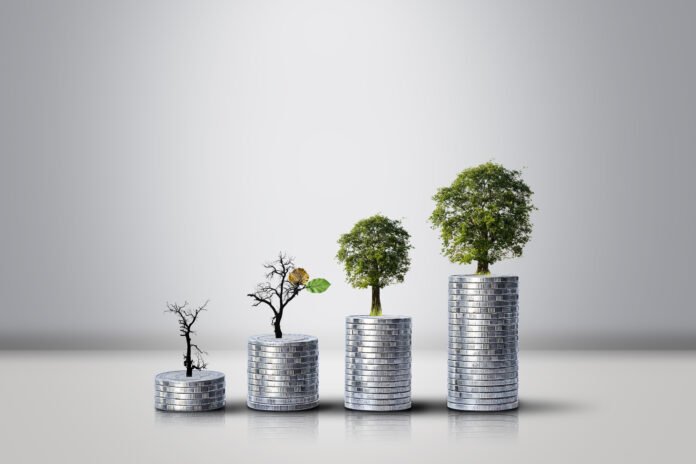The conclusion of the most recent UN Climate Conference brought headlines full of pledges, targets, and declarations. Billions were promised for climate adaptation, a global loss and damage fund was formalized, and new coalitions on clean energy were launched. But for many small island developing states, including Sri Lanka, the question remains, beyond the headlines, are these nations truly being heard?
Small island nations have been among the earliest and most vocal victims of climate change. Rising sea levels, coastal erosion, saltwater intrusion, and extreme weather events are no longer future risks, they are present realities. These countries contribute the least to global emissions, yet face some of the most severe consequences. For years, their leaders have appealed not just for justice, but for tangible financial and technological support.
While the establishment of the loss and damage fund was hailed as a breakthrough, the fine print tells a more complicated story. Funding commitments are not binding, disbursement mechanisms remain vague, and many developing countries are concerned about accessibility. Without clear governance structures, there is a risk that the money either won’t materialize or will come with conditions that delay urgent action.
Sri Lanka, though not often grouped with Pacific island nations, shares many of the same vulnerabilities. Its densely populated coastal zones, dependence on monsoon patterns, and exposure to rising sea levels make it extremely climate-sensitive. Yet like many middle-income countries, it risks falling into a blind spot, too rich for concessional finance, too poor to fund adaptation from domestic resources alone. This is where climate finance equity
becomes critical. Multilateral institutions and donor countries must revise eligibility frameworks to reflect climate vulnerability, not just income levels. Funding must also shift from loans to grants in areas like coastal protection, disaster preparedness, and nature-based solutions.
Sri Lanka must continue to assert its case clearly. This means not just participating in global forums, but leading coalitions with other climate-vulnerable nations to influence how funds are allocated and monitored. The country should also invest in local capacity to prepare and submit bankable green projects, which remain a bottleneck for accessing international climate
finance. There is also a broader opportunity to align climate finance with national development. Green infrastructure, renewable energy, eco-tourism, and sustainable agriculture can create jobs, reduce emissions, and build resilience, if supported by the right blend of public and private capital.
The world is listening more than before, but not always with full attention. For small island nations and vulnerable economies, the fight is no longer just about recognition, it is about results. Climate justice will only be real when finance becomes fast, fair, and fit for purpose.
Sri Lanka, like many others, cannot afford to wait.




